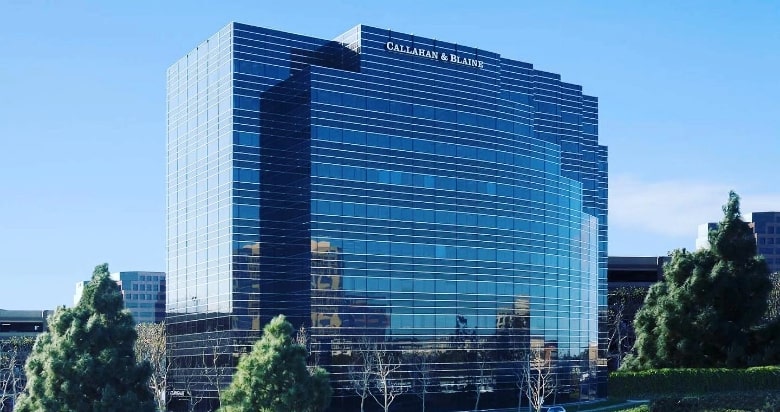Motorcyclists in California need to be aware of any law that affects their ability to operate these vehicles and their safety on the roadway. Here, we want to discuss the most important laws that you need to know if you want to operate a motorcycle in this state. We encourage you to do your own due diligence before starting your bike and heading out for a ride in Cali.
Obtaining a Motorcycle License
In order to obtain a Class M1 license, individuals can apply at any DMV field office that provides driver’s license services. Individuals will need to pass a “driver knowledge test, motorcycle knowledge test, knowledge test(s) for any other license class(es) requested, and pass a motorcycle skills test.”
In lieu of taking those tests, motorcyclists can obtain a Certificate of Completion of Motorcycle Training (DL 389) by taking an approved motorcycle safety training class.
Motorcycle Helmet Laws
When we examine California Vehicle Code 27803, we can see that California has a universal motorcycle helmet requirement. This means that all motorcyclists, regardless of their age, are required to wear a helmet when operating on California roadways.
Motorcycle helmets are proven to save lives. According to the Centers for Disease Control and Prevention (CDC), motorcycle helmets saved an estimated 1,872 lives during a recent reporting year, and around 750 more lives could have been saved if all motorcyclists had worn helmets during that same year.
Choosing not to wear a helmet when operating a motorcycle can cause problems in a few ways. First, individuals who fail to wear a helmet could be pulled over by a law enforcement official and fined. Additionally, failing to wear a helmet could result in a motorcycle crash victim being found partially at fault if they sustain a head or brain injury. This could ultimately reduce how much compensation the motorcycle crash victim receives for the incident.
Lane-Splitting in California
Lane splitting refers to the practice of a motorcyclist traveling down the center dotted line of two or more lanes going in the same direction. In other words, the motorcyclist essentially creates their own lane between other lanes of traffic. Lane splitting is illegal in most states, but it is legal in California. This was the first state to legalize the practice.
There is significant controversy over whether or not lane splitting is safe, but studies have shown that this practice reduces the chance that a motorcyclist will be rear-ended, particularly if lane splitting is done safely.
Required Motorcycle Insurance
Every motorcyclist in California is required to carry insurance, just like operators of traditional motor vehicles. Currently, the minimums and types of insurance that motorcyclists must carry in order to remain legal include:
- $15,000 in bodily injury liability for one person
- $30,000 in bodily injury liability for two or more individuals involved
- $5,000 in property damage liability
Motorcyclists are not required to carry uninsured or underinsured motorist coverage, but we strongly encourage every driver, including motorcyclists, to purchase this additional insurance in order to protect themselves on the roadways.

